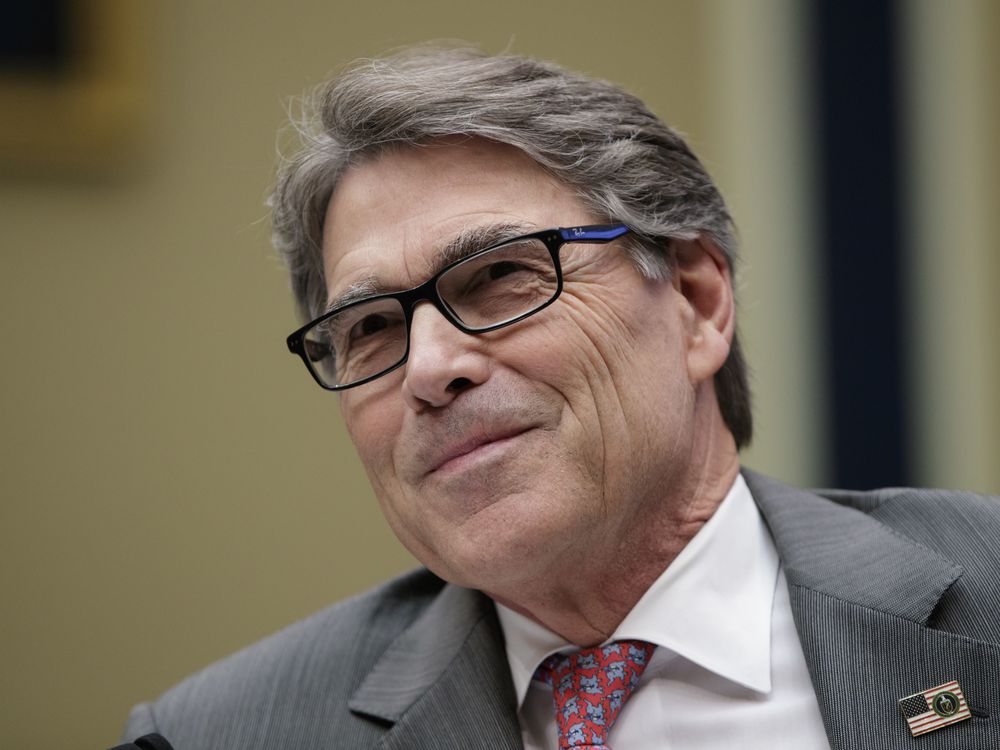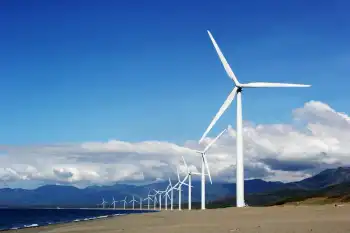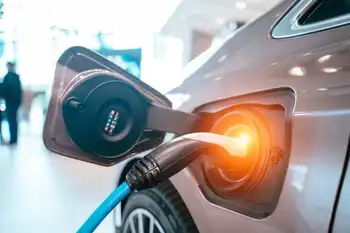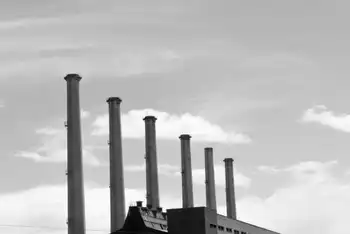ItalyÂ’s green boom may stumble over incentives
By Reuters
Substation Relay Protection Training
Our customized live online or in‑person group training can be delivered to your staff at your location.

- Live Online
- 12 hours Instructor-led
- Group Training Available
Incentives designed to help Italy catch up with European Union efforts to fight climate change have attracted funds from investors ranging from families to private equity funds and sports car maker Ferrari.
As a result, shares in nine Italian renewable energy companies listed on Milan's bourse have been rising since April and the trend remains positive if the incentives stay, according to Althesys Strategic Consultants, which compiled the Italian Renewable Index (IREX).
But pressed to ease the budget deficit — expected to run at 5.3 percent of GDP this year — Rome plans to cut incentives for the solar sector which guarantee steady returns for 20 years and has announced changes to a market-based green certificate scheme which supports wind power generation.
Local and foreign creditors and investors say funds could be routed away from the Italian market if the government fails to clarify its plans on incentives quickly.
"The uncertainty will kill the market," said Bruno Derungs, a partner in CPE, private equity fund of London-based clean energy project investment manager Climate Change Capital. CPE invested 10 million euros in Italian solar firm Enerqos.
Foreign funds are attracted by high double digit IRRs (internal rates of return). Derungs said investors would accept a fall in IRR on solar projects to 8-9 percent from 12-15 percent at present, but not more.
The Italian government plans to reduce solar energy gradually to ease the impact and avoid shocks that practically paralyzed the market in Spain.
"The government is at a turning point and has to reassure the market on the incentives front. If it cuts (solar) incentives by 10 to 15 percent that's OK. Any more and projects could be put at risk," said Valeriano D'Urbano, managing director at UBI Banca's Centrobanca.
Spain's PV plants multiplied more than fourfold to about 3,200 megawatts in 2008 but hopes of becoming a world leader in solar power collapsed when the government capped new installations qualifying for tariffs and cut subsidies.
Since Spain slashed incentives, Italy has become a magnet for solar systems makers, such as the world's leader Q-Cells. Norway's state-owned utility Statkraft called Italy a top solar market due to abundant sunshine and strong outlook when it acquired eight solar projects there in September.
Wind parks and photovoltaic (PV) systems which turn sunlight into power have mushroomed in Italy in the past few years. Wind power generating capacity jumped 30.5 percent to 3,525 MW and PV capacity surged 400 percent to 431 MW in 2008 alone, according to data from national power grid Terna.
Under EU 2020 targets, the country still needs to double its green energy capacity to make about 20 percent of all energy from renewable sources. According to industry estimates that means investing between 50 billion and 100 billion euros.
More conservative Italian banks now finance most of the renewable energy projects in the country as many foreign banks, hit by the crisis, retract to focus more on home markets.
"Banks like SocGen, Santander and WestLB are still active but they focus on solar projects where fixed tariffs offer better cash flow visibility. Wind tariffs are market-based and uncertain," a Milan investment banker said.
If a project is credible, the funding is there as long as government incentives — feed-in tariff for solar power and market-based green certificates for wind — remain in place to guarantee steady cash flow and low risk.
"The credit crunch had slowed the funding process for some developers and reduced the number of banks working in project financing. But it has not stopped funding," says Centrobanca's D'Urbano.
One consequence of tight funding may be a consolidation in the sector, with weaker players getting weeded out.
There are a lot of projects that won't make it because of the lack of funding for smaller investors, Massimo Orlandi, CEO of Italian holding company CIR's energy unit Sorgenia said.
"A cut in renewable incentives could expedite the process," he said.
Major players on the Italian market such as utilities Enel and Edison have boosted their renewable energy pipeline by buying up projects from struggling developers and are looking around for new opportunities.
Enel Green Power — Enel's renewable unit with wind, solar, hydro and other renewable energy assets around the world and a total installed capacity of above 4,500 MW — has said it plans small wind power acquisitions by the end of this year.











